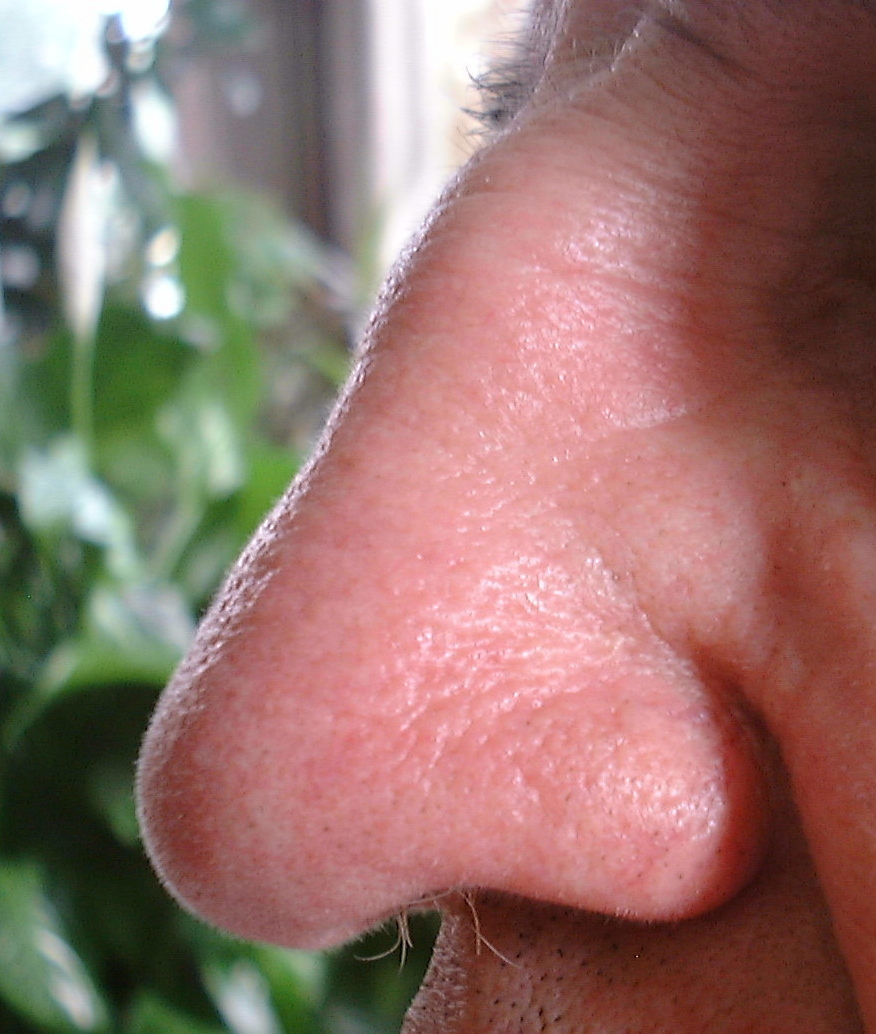Just as you can see white light, and hear white noise, it seems we are also susceptible to a white smell - or "olfactory white".
"White" isn't a distinct frequency of light, rather it's the way we perceive light that is made up of a number of different wavelengths. Two different mixtures, even if they don't contain any of the same wavelengths, will still appear "white" to us if they contain enough different frequencies. Similarly, white noise contains a very wide range of different wavelengths of sound. The concept of "whiteness" seems to extend from having an equal intensity across a broad stimulus space. Now, according to research published in the journal PNAS, it seems the same is true for smells.
Talio Weiss, from the Weizmann Institute of Science, Israel and colleagues, selected 86 molecules that should span the full olfactory range, and diluted them so that they each had the same intensity. They then made a range of different mixtures - some spanning the full range, others more clustered - and asked volunteers to describe the smell.
 They discovered that the more components two mixtures have, the more similar they smell, even if the two mixtures actually have no shared components. When the mixtures contained 30 components or more, they all smell alike - the olfactory equivalent of white noise.
They discovered that the more components two mixtures have, the more similar they smell, even if the two mixtures actually have no shared components. When the mixtures contained 30 components or more, they all smell alike - the olfactory equivalent of white noise.
The authors suggest that this is related to the way that human olfaction works - it's thought of as a synthetic, rather than an analytical sense. In other words, it considers the combination of stimuli, rather than each one individually. This can be seen in the pattern of brain activity - the activity for a mixed smell is not simply the combination of activity for all its components.
Furthermore, we're unlikely to encounter olfactory white in the wild. The smell of a rose, for example, is made up of many different components, but one, phenylethyl alcohol, is far more intense than the others. Coffee or wine are other good examples, with a range of components, but lacking uniformity and over a limited olfactory range.
The concepts of white noise and white light have been of huge benefit to understanding the neurobiology of hearing and vision. The authors argue that white smell may now help do the same for olfaction.









Comments
Add a comment